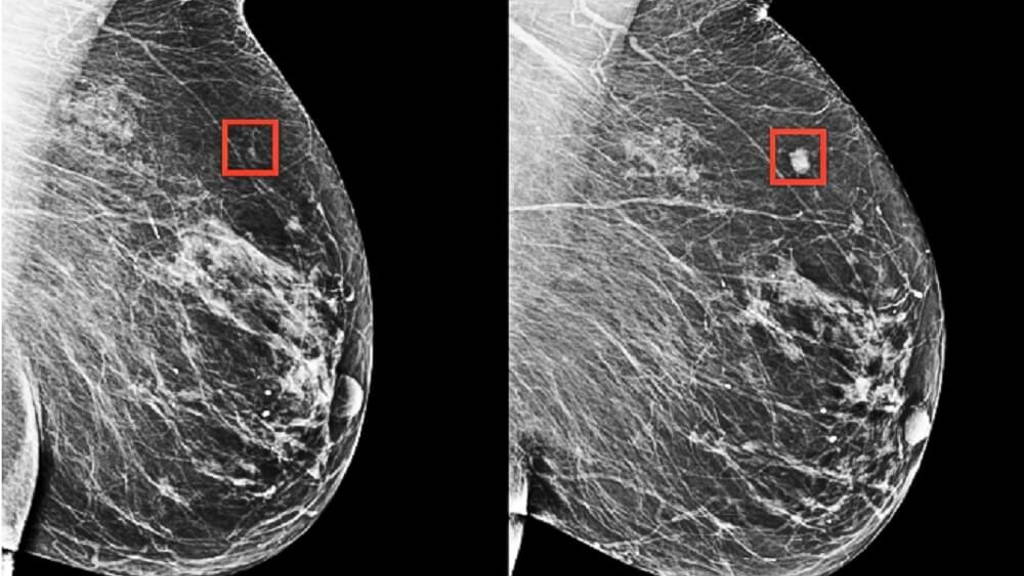MIT Professor Regina Barzilay, herself a breast cancer survivor, says that the hope is for systems like these to enable doctors to customize screening and prevention programs at the individual level, making late diagnosis a relic of the past.
Although mammography has been shown to reduce breast cancer mortality, there is continued debate on how often to screen and when to start. While the American Cancer Society recommends annual screening starting at age 45, the U.S. Preventative Task Force recommends screening every two years starting at age 50.
“Rather than taking a one-size-fits-all approach, we can personalize screening around a woman’s risk of developing cancer,” says Barzilay, senior author of a new paper about the project out today in Radiology. “For example, a doctor might recommend that one group of women get a mammogram every other year, while another higher-risk group might get supplemental MRI screening.” Barzilay is the Delta Electronics Professor at CSAIL and the Department of Electrical Engineering and Computer Science at MIT and a member of the Koch Institute for Integrative Cancer Research at MIT.
The model detected patterns too subtle for the human eye to detectThe team’s model was significantly better at predicting risk than existing approaches: It accurately placed 31 percent of all cancer patients in its highest-risk category, compared to only 18 percent for traditional models. Harvard Professor Constance Lehman says that there’s previously been minimal support in the medical community for screening strategies that are risk-based rather than age-based. “This is because before we did not have accurate risk assessment tools that worked for individual women,” says Lehman, a professor of radiology at Harvard Medical School and division chief of breast imaging at MGH. “Our work is the first to show that it’s possible.” Barzilay and Lehman co-wrote the paper with lead author Adam Yala, a CSAIL PhD student. Other MIT co-authors include PhD student Tal Schuster and former master’s student Tally Portnoi.






